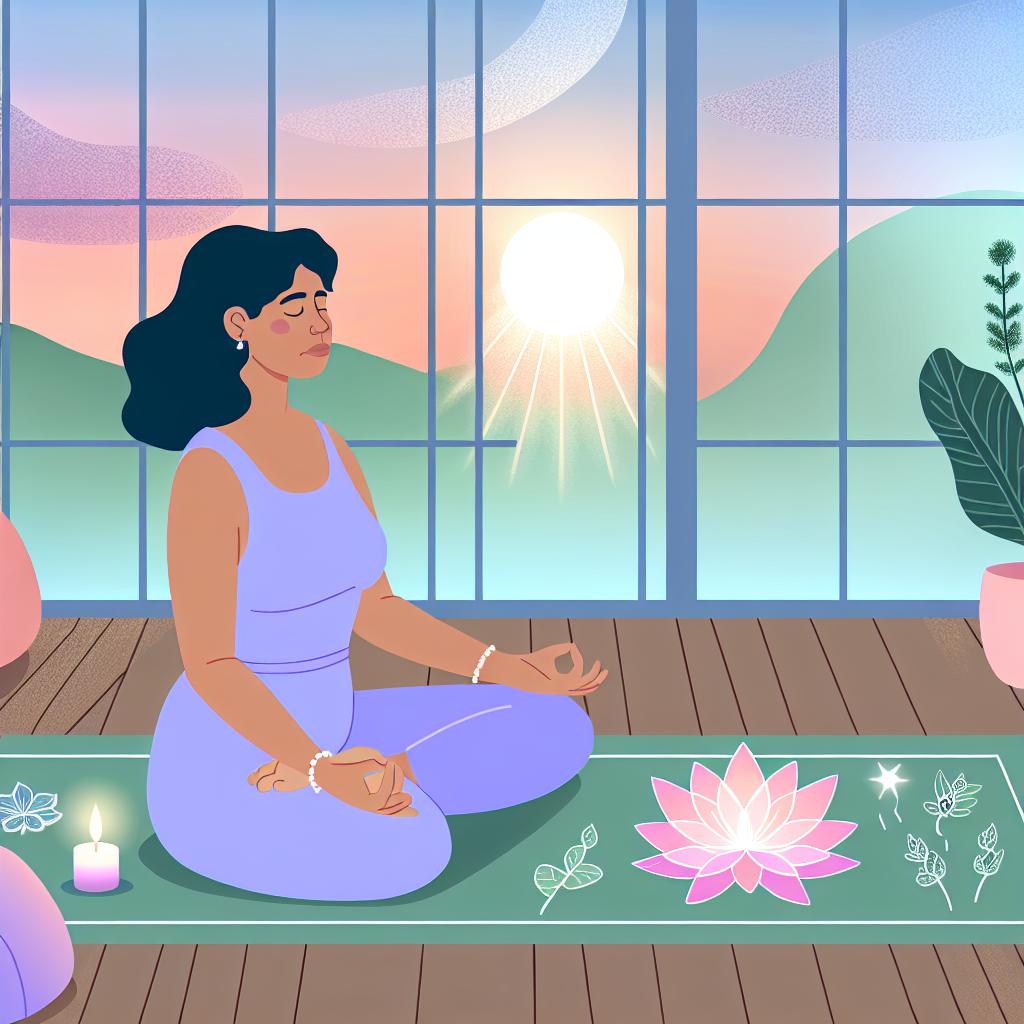Yoga for Healing Emotional Trauma
Understanding Emotional Trauma
Emotional trauma can result from distressing events or experiences that overwhelm an individual’s ability to cope. It can manifest as anxiety, depression, or in some cases, physical symptoms. Exploring various healing modalities can be beneficial, with yoga being a prominent, holistic approach.
The Role of Yoga in Healing
Yoga is a practice that integrates physical movement, breathwork, and meditation, creating a connection between the body and mind. By fostering this connection, yoga can help in processing and alleviating the stress associated with emotional trauma. This approach is supported by studies, such as those published on PubMed, which indicate the effectiveness of mind-body interventions.
Physical Practices
Yoga postures, or asanas, improve physical health while influencing emotional well-being. Regular practice can increase bodily awareness, release tension, and promote relaxation.
– **Grounding Postures**: Poses such as Mountain Pose (Tadasana) and Child’s Pose (Balasana) can provide a sense of stability and security.
– **Heart-Opening Postures**: These postures, including Bridge Pose (Setu Bandhasana), can help in releasing emotional blockages.
Breathwork (Pranayama)
Breath control is a fundamental aspect of yoga that can aid in soothing the nervous system. Techniques like **Alternate Nostril Breathing (Nadi Shodhana)** can balance the mind and reduce stress levels. Engaging in regular pranayama strengthens the body’s relaxation response, beneficial for trauma recovery.
Meditation and Mindfulness
Meditation is a key component of yoga that encourages present-moment awareness and reduces rumination on past distressing events. Techniques such as **Mindfulness Meditation** and **Body Scans** focus on observing thoughts and feelings without judgment, fostering acceptance and resilience.
Creating a Supportive Environment
Healing emotional trauma through yoga also involves a supportive environment. Engaging in group classes or online communities can offer social support and shared experiences. Websites like Yoga Journal provide resources and community connections for further exploration.
Individual Considerations
While yoga is beneficial, it should be tailored to individual needs. Consulting with healthcare providers or mental health professionals can ensure that yoga practice aligns well with one’s specific healing journey. It is essential to progress at a comfortable pace, listening to both body and mind.
Continual Learning
Yoga for emotional trauma is a continuous journey of learning and adaptation. Engaging with further readings, workshops, and discussions sustains growth and understanding. Exploring literature on trauma-sensitive yoga or attending retreats can deepen one’s practice, providing ongoing support.
